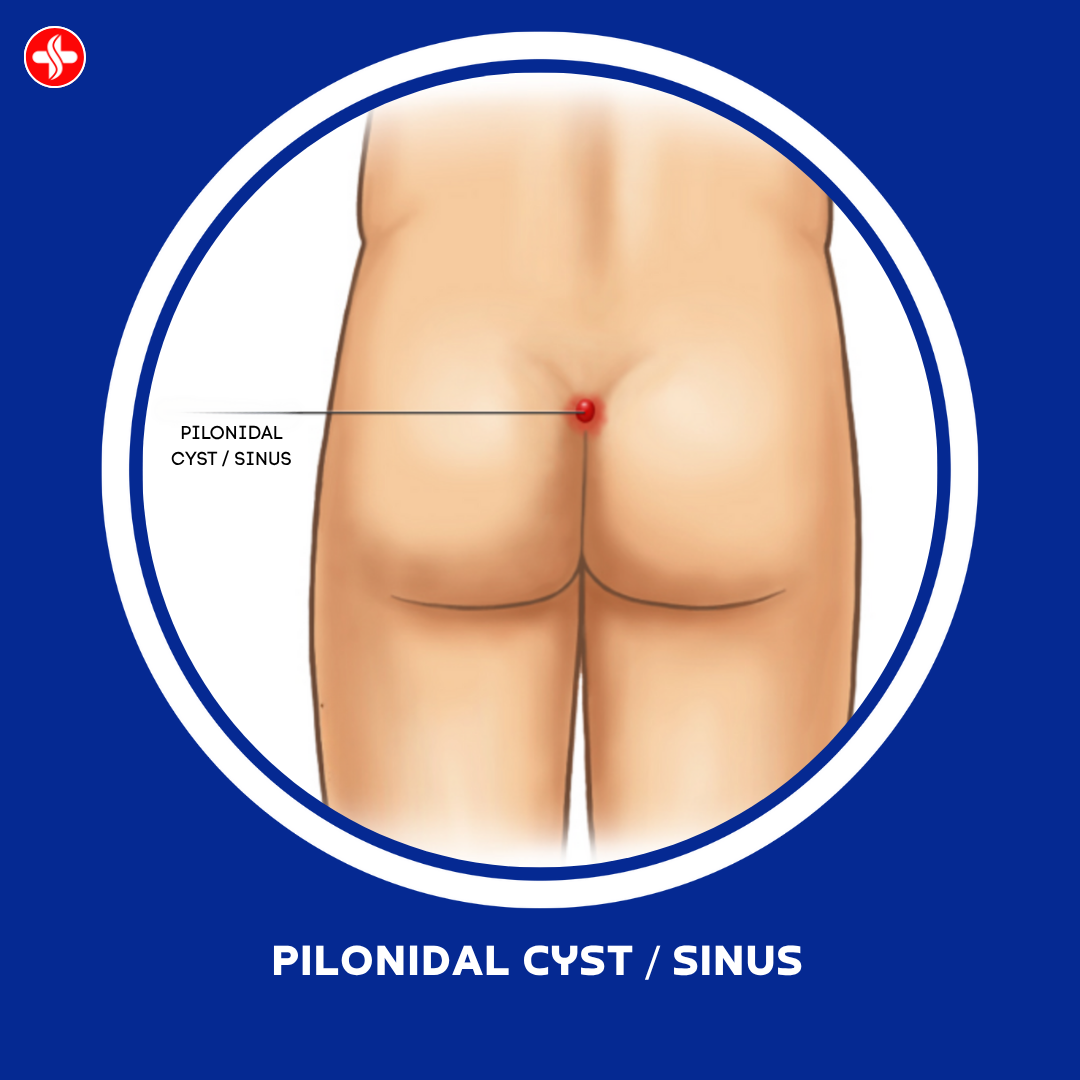Introduction: Piles, also known as hemorrhoids, are a common condition that affects millions of people worldwide. Characterized by swollen and inflamed blood vessels in the rectal area, piles can cause discomfort, pain, and even bleeding. However, the good news is that there are various effective strategies available for piles treatment that can bring relief and aid in the recovery process.
Understanding Piles: Before diving into the treatment options, it’s important to understand the two types of piles: internal and external. Internal piles are located inside the rectum and are usually painless but can cause bleeding. External piles, on the other hand, are located under the skin around the anus and can be quite painful.
1. Lifestyle Modifications: One of the first steps in treating piles is making necessary lifestyle changes. Maintaining a high-fiber diet is crucial to prevent constipation, a common trigger for piles. Consuming fruits, vegetables, whole grains, and drinking plenty of water can soften stools and ease bowel movements. Avoiding straining during bowel movements and establishing a regular bathroom schedule can further reduce the risk of aggravating piles.
2. Over-the-Counter Treatments: For mild cases of piles, over-the-counter creams, ointments, and suppositories can provide temporary relief from pain, itching, and inflammation. These products usually contain ingredients like witch hazel or hydrocortisone, which help shrink swollen blood vessels and reduce discomfort.
3. Sitz Baths: A sitz bath involves soaking the anal area in warm water for about 15 minutes. This can help alleviate pain, itching, and inflammation associated with piles. Adding Epsom salts to the water may provide additional relief. Sitz baths can be done a few times a day to help improve blood circulation and promote healing.
4. Medications: In some cases, a doctor may prescribe medications to manage pain, reduce inflammation, and promote healing. Non-steroidal anti-inflammatory drugs (NSAIDs) or prescription creams may be recommended to help ease symptoms.
5. Minimally Invasive Procedures: For more severe cases of piles, minimally invasive procedures may be considered. These include rubber band ligation, where a small rubber band is placed around the base of the pile to cut off its blood supply, causing it to shrink and fall off. Another option is sclerotherapy, where a chemical solution is injected into the pile to shrink it.
6. Surgical Options: Surgery is typically reserved for severe or recurrent cases of piles that do not respond to other treatments. Surgical options include hemorrhoidectomy, where the piles are surgically removed, and stapled hemorrhoidopexy, which involves stapling the piles back into place.
Conclusion: Piles can be uncomfortable and even painful, but effective treatment strategies are available to provide relief and promote healing. Whether through lifestyle modifications, over-the-counter treatments, minimally invasive procedures, or surgical options, it’s important to consult a healthcare professional to determine the most suitable approach for your specific condition. Remember, early intervention and proper care can make a significant difference in managing piles and improving your overall quality of life.




